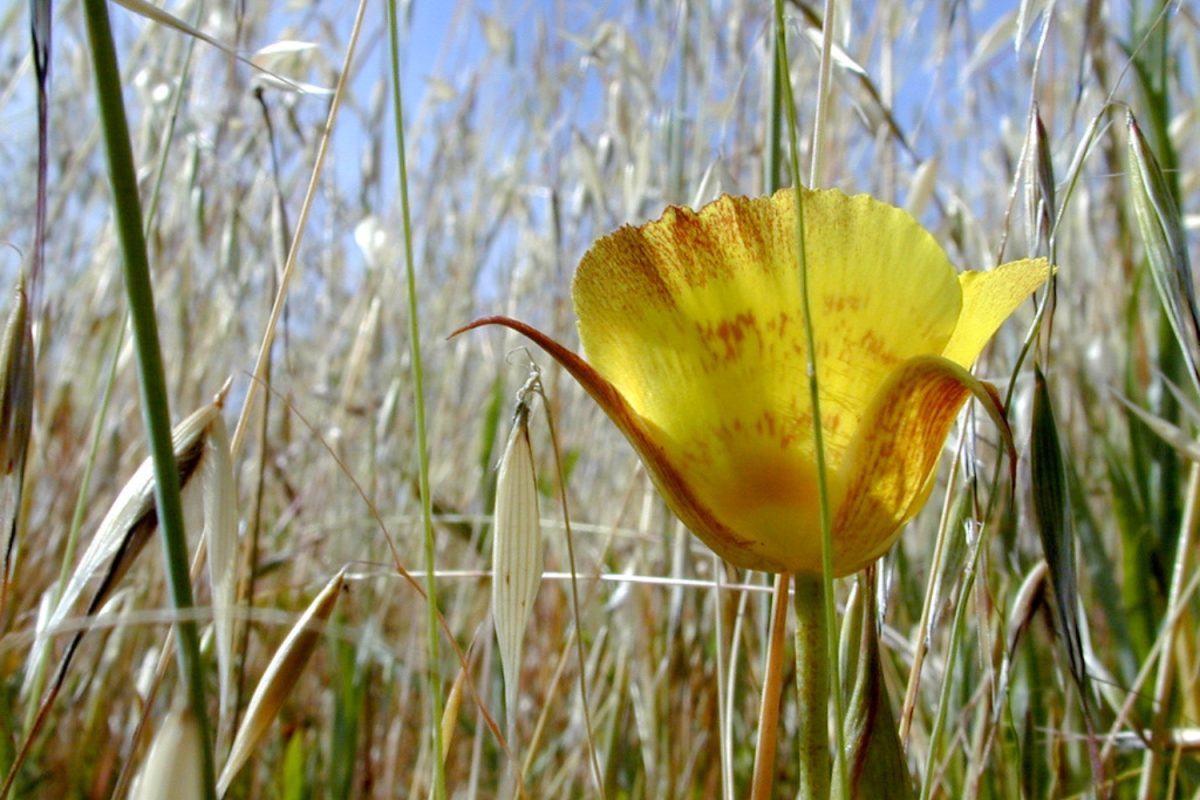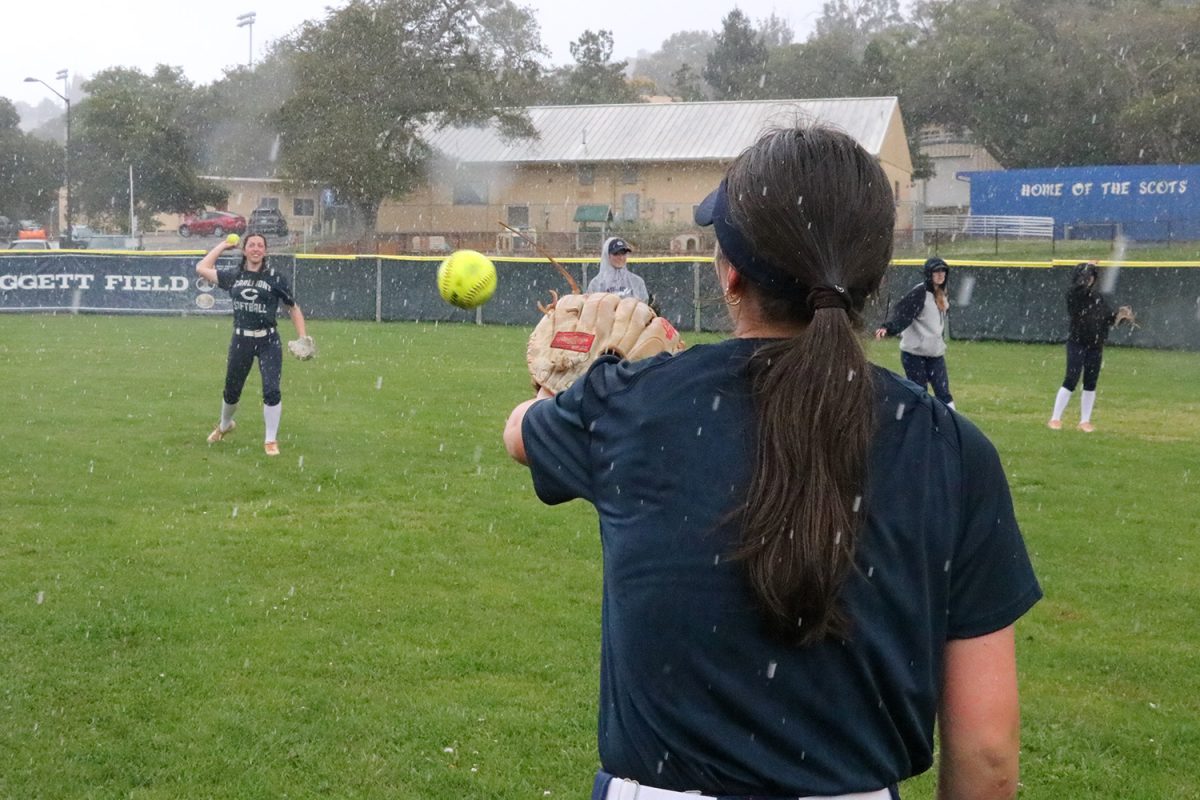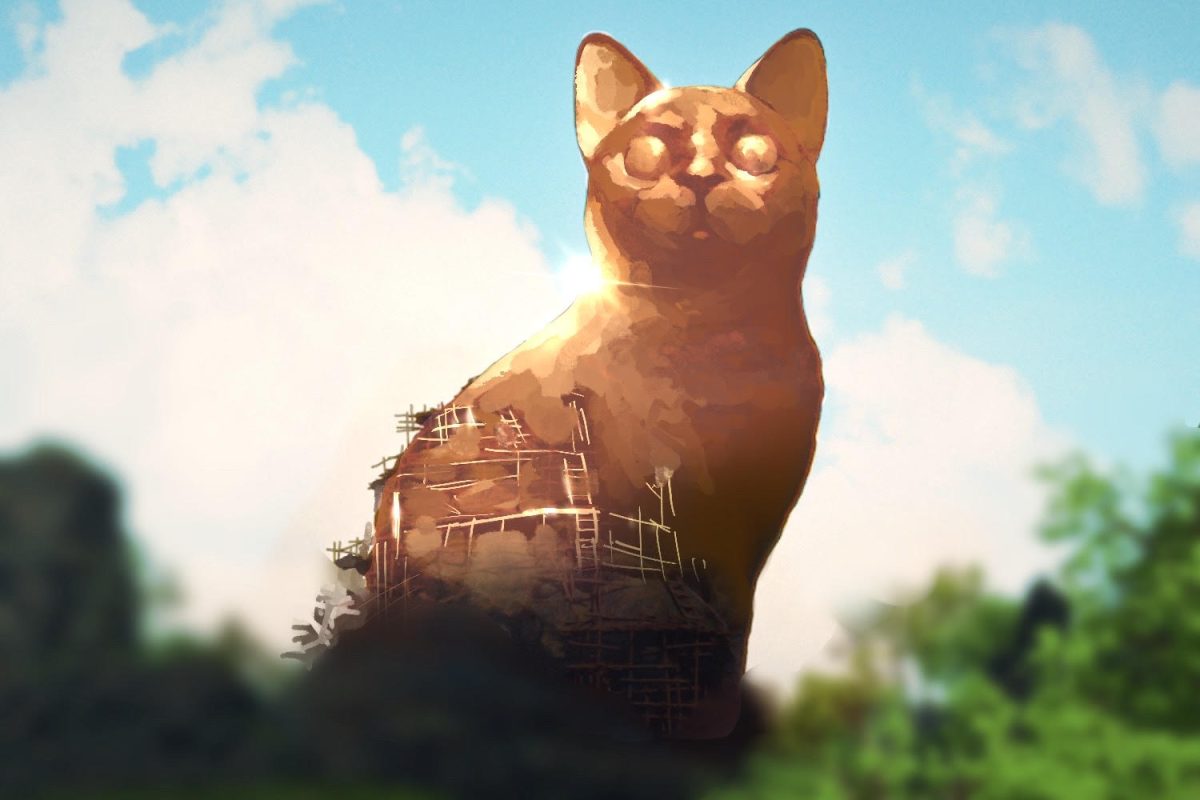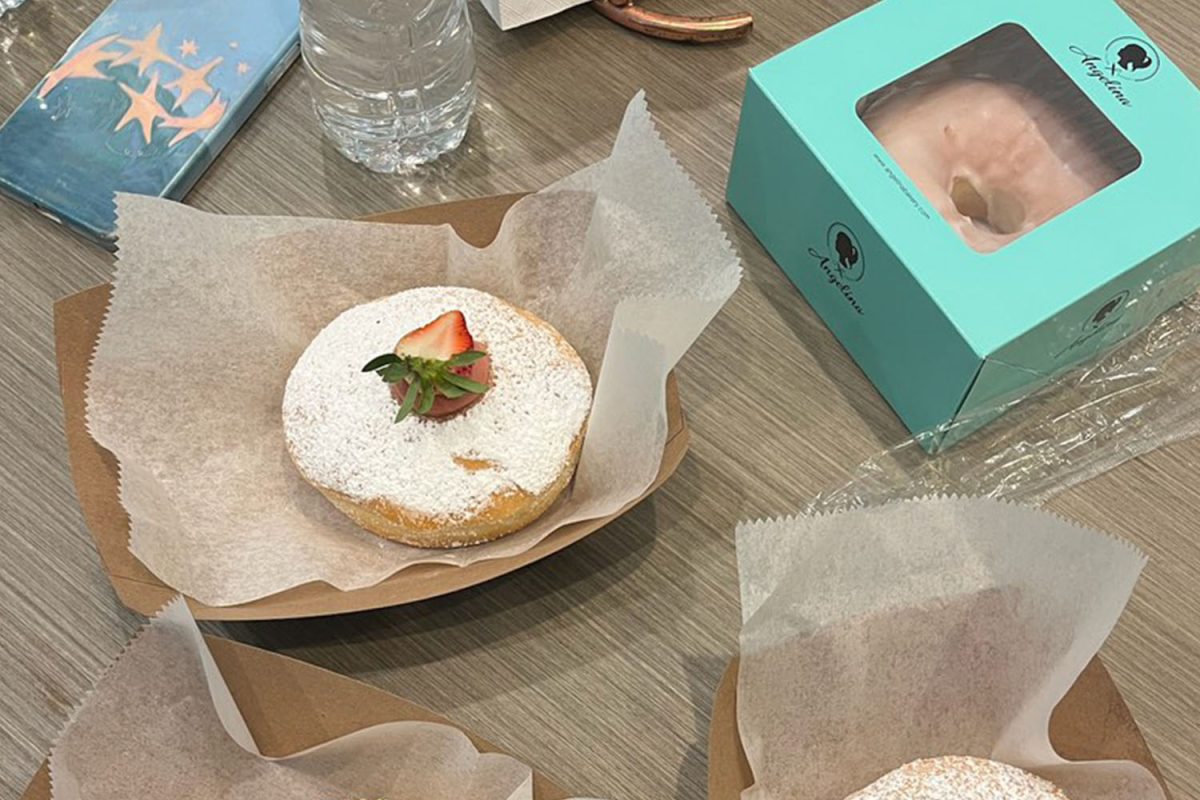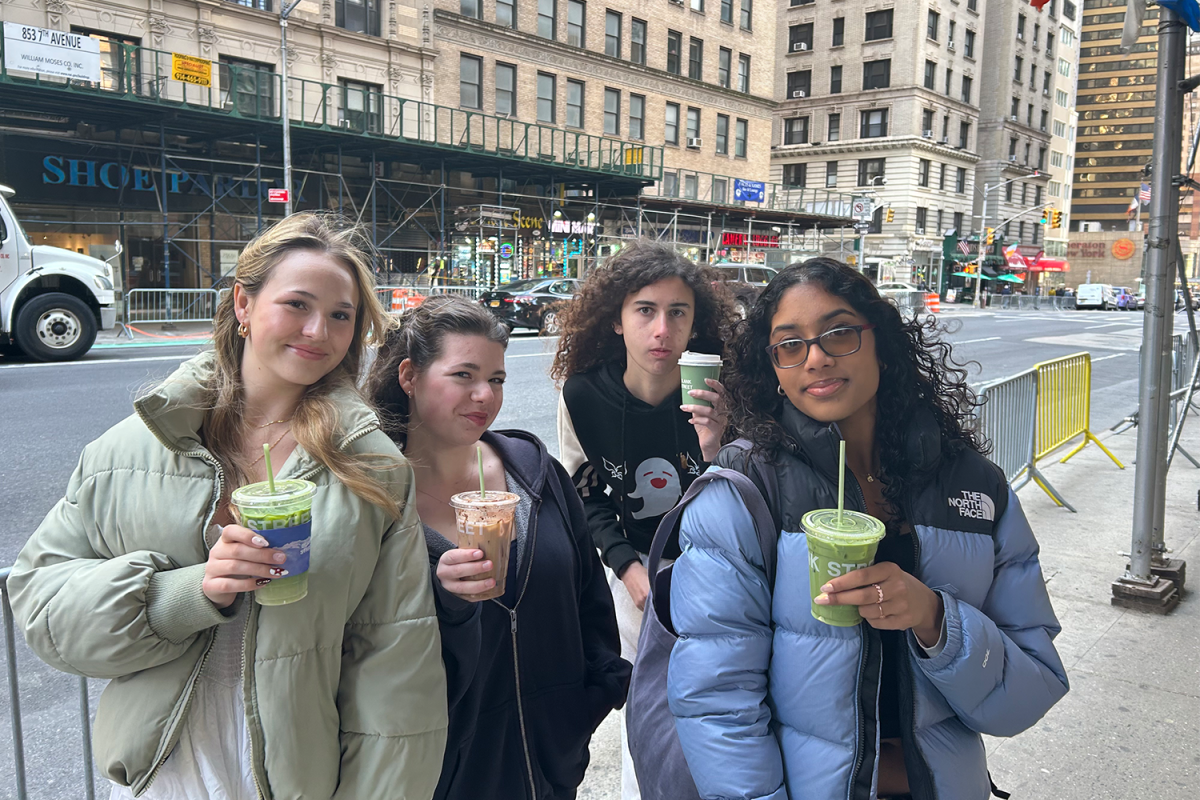As spring approaches, San Mateo County’s diverse collection of wildflowers is already beginning to show their colors.
San Mateo and Santa Clara County include preserves and parks belonging to the Midpeninsula Regional Open Space District (MROSD). The wildflower bloom season typically begins in March and lasts until June or July.
“Plants use temperature or day length to tell when it’s time to start growing and producing flowers,” said MROSD docent naturalist and Carlmont biology teacher Melissa Hero. “If it’s getting warmer earlier, that will affect when the plants are flowering.”
The Bay Area, known for its biodiversity, has many wildflowers for residents to view.
“We’re lucky and fortunate to live in such a biodiversity hotspot,” said MROSD public affairs specialist Ryan McCauley in a statement to the San Mateo Daily Journal.
The unique climate of the Bay is the reason for its wildlife diversity.
“California has a Mediterranean climate. That means it has cool winters and dry, warm summers,” said Grassroots Ecology ecologist Hannah Cunningham. “A lot of native plants can bloom for many months. An ecosystem’s resilience is related to its ability to provide year-round, which is why biodiversity is super important.”
Since this climate allows for several types of ecosystems and habitats, the resulting wildlife is much more diverse than other areas of the United States.
Some flowers, such as the iconic California golden poppy, can be found all over the Bay. Still, the exact types of wildflowers that hikers and passersby see vary from subregion to subregion. Each region will look different depending on how much sunlight, shade, or rain a particular area receives.
“I like hiking in the Bay Area because there are so many different types of places to go,” said Carlmont sophomore Lindsay Wong. “Depending on whether you’re in a forest or a sunnier place, you’ll see different types of wildlife.”
Some of the most common flowers in cooler, shadier areas like forests and woodlands are the trillium, western heart’s ease, and the Pacific bleeding heart. In sunnier, open areas like grasslands and chaparral, it’s common to find the western blue-eyed grass, common fiddleneck, and tidy tips. However, not all of these flowers will bloom at the same time.
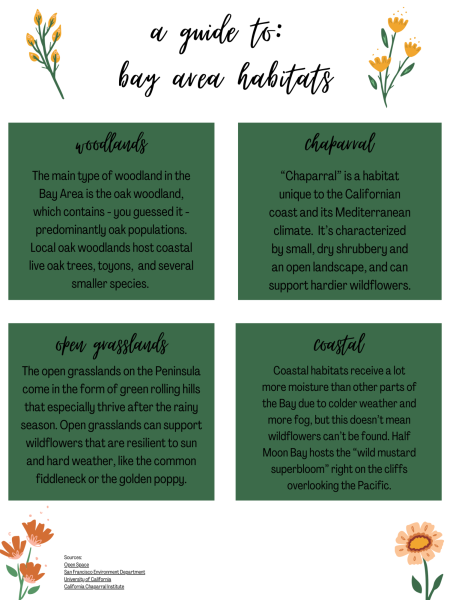
“Later blooms have adapted to being in a drier climate, saving a lot of resources to use when they bloom later,” Cunningham said.
While the stunning host of wildflowers in the Bay is already gorgeous, many sightseers hope for what is known as a “superbloom.” The superbloom is not a scientific term, but it is when a larger-than-average wildflower bloom pops up in a specific area after a stormy season. These superblooms often occur after years of a dry spell. While 2022 and 2023 had high rainfall, 2024 saw extreme weather that could constitute a superbloom this spring. Experts are still debating on whether or not it will happen.
“You need the correct amount of water and then winter rainy season. Once the flowers start growing, they still need the correct conditions for a separate bloom,” Hero said. “As of right now, the superbloom has not been determined yet.”
For anyone wishing to go out and experience wildflower season, the MROSD boasts several preserves with hiking trails.
“Some of the best preserves to see flowers are Russian Ridge and Skyline Ridge,” Hero said. “Edgewood Park is unique because of its serpentine soil, which takes away a lot of nutrients. You get a lot of really unique wildflowers that have adapted and evolved over millions of years to be able to survive on that particular soil.”
Many ecologists encourage sightseeing and visiting local preserves to learn more about the wildflower varieties but also recommend caution. Following trail precautions helps conservation efforts, especially in areas with endangered species.
Still, wildflower season is a great time to get outside and learn more about the Bay Area’s ecosystems and conservation efforts.
“You might be expecting to see lots of common flowers, but they’re smaller, and you have to look closely,” Hero said. “But once you see them, they’re amazing.”

